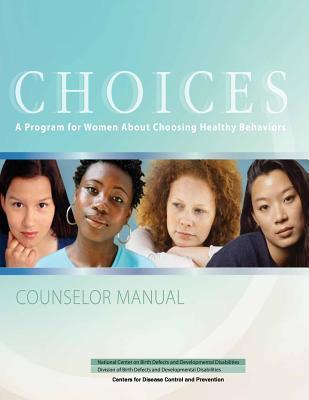
Book
Choices: A Program for Women About Choosing Healthy Behaviors to Avoid Alcohol-Exposed Pregnancies
by Centers for Disease Cont And Prevention, National Center Developmental Disorders & Developmental Dis
(Write a Review)
Paperback
$14.99
Paperback
$14.99